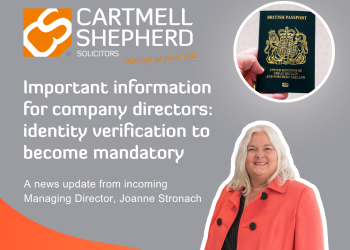Do your employees have permission to work, and do you know how to conduct Right to Work Checks?
July 20th 2022One of the basic requirements on all employers is to ensure that the people they employ have permission to work in the UK.
From April 2022 the process that employers need to follow when conducting right to work checks changed – you can no longer accept physical cards or permits, you must undertake digital checks.
Civil penalties are imposed on organisations that have employed an individual who does not have permission to work. If found to be employing workers who do not have the right to work, employers can face a penalty of up to £20,000 per worker.
The Home Office has produced guidance – but at 72 pages long, many employers may not be familiar with the specifics.
The UK200Group, of which we are proud members of have produced a helpful guide to help employers understand their obligations and what checks they need to undertake to ensure that someone they recruit has a right to work.
You can download a copy of the guide.
Always At Your Side
Do let us know if we can be of assistance on this or any other matter.
If you are looking for guidance and advice that is specific to your business and circumstances, please contact Joanne Stronach, Head of Employment & HR on 01228 5166666 or send her an email.








